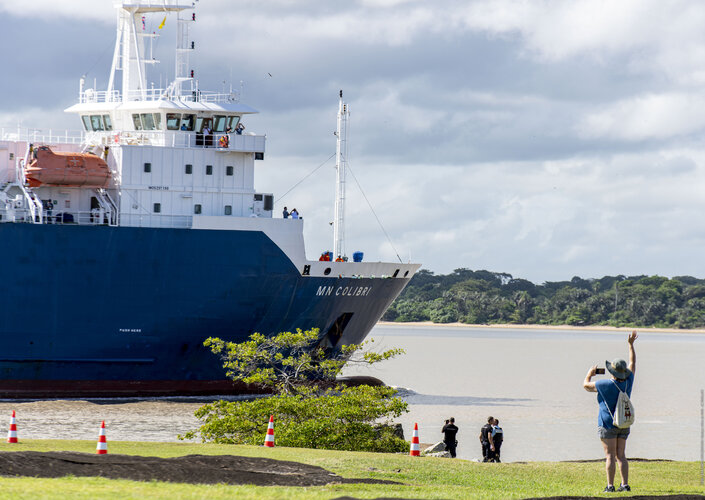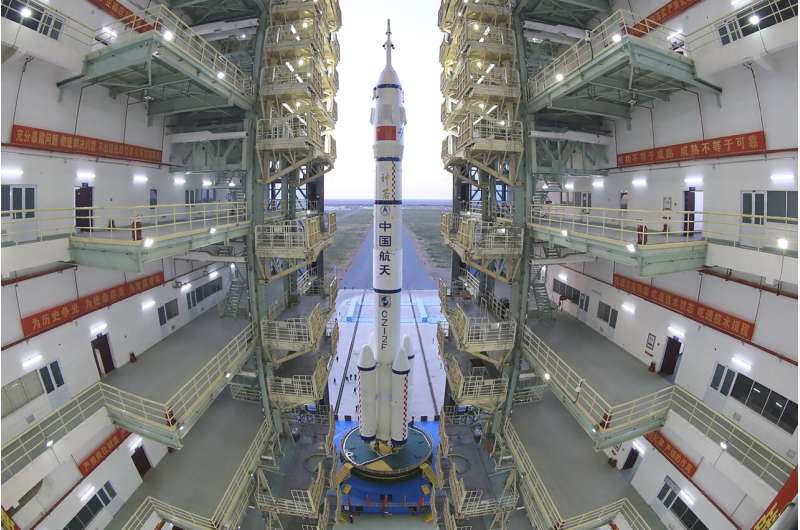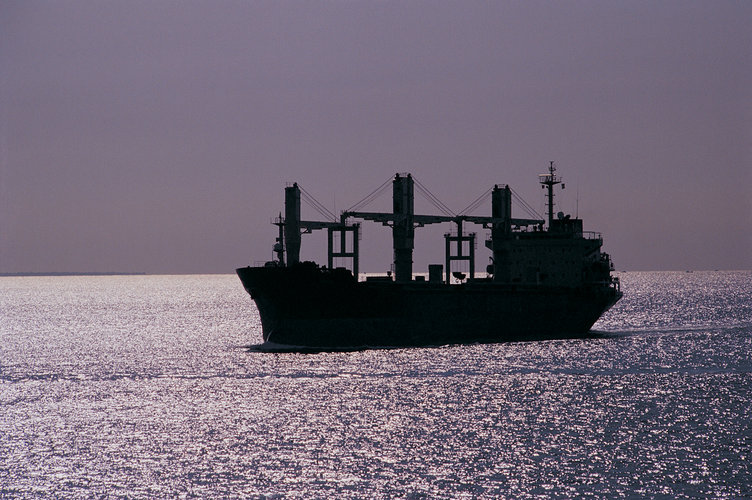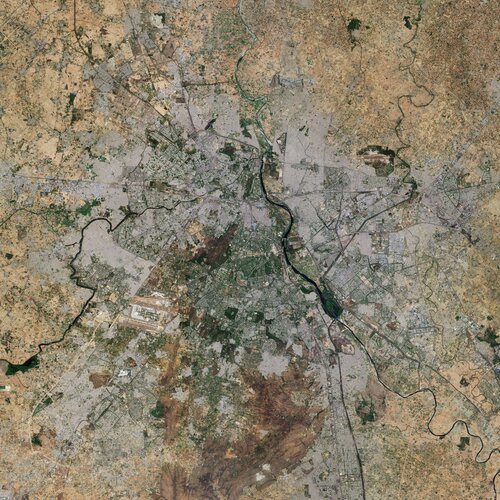
Copernical Team
Week in images: 11 - 15 October 2021

Week in images: 11 - 15 October 2021
Discover our week through the lens
With latest mission, China renews space cooperation vow

A first for search and rescue from space

Between September 1982 and December 2020, at least 51 512 people were rescued on land and at sea with help from a network of Earth-orbiting satellites able to detect and locate emergency distress beacons.
Earth from Space: New Delhi

New Delhi, the capital and second-largest city of India, is featured in this image captured by the Copernicus Sentinel-2 mission.
BepiColombo’s first tastes of Mercury science

The magnetic and particle environment around Mercury was sampled by BepiColombo for the first time during the mission’s close flyby of the planet at 199 km on 1-2 October 2021, while the huge gravitational pull of the planet was felt by its accelerometers.
The magnetic and accelerometer data have been converted into sound files and presented here for the first time. They capture the ‘sound’ of the solar wind as it bombards a planet close to the Sun, the flexing of the spacecraft as it responded to the change in temperature as it flew from the night to dayside of the planet,
Macron announces 30-billion-euro plan to re-industrialise France
 President Emmanuel Macron on Tuesday announced a plan worth 30 billion euros ($35 billion) to re-industrialise France on the basis of innovative and green-friendly technologies including electric cars, hydrogen fuel and efficient nuclear plants.
Six months before a presidential election and one month ahead of a UN climate summit, Macron said France had taken key decisions "15-20 years later
President Emmanuel Macron on Tuesday announced a plan worth 30 billion euros ($35 billion) to re-industrialise France on the basis of innovative and green-friendly technologies including electric cars, hydrogen fuel and efficient nuclear plants.
Six months before a presidential election and one month ahead of a UN climate summit, Macron said France had taken key decisions "15-20 years later SpaceX will debut new Dragon capsule for upcoming crew launch
 SpaceX will debut a new Crew Dragon capsule, the company's third to carry astronauts, for the Crew 3 mission to the International Space Station on Oct. 30, Elon Musk's company said Wednesday.
"Crew 3 will be flying on a new Dragon spacecraft and it's really exciting to introduce another Crew Dragon to our fleet," Sarah Walker, SpaceX director of Dragon mission management, said in a news
SpaceX will debut a new Crew Dragon capsule, the company's third to carry astronauts, for the Crew 3 mission to the International Space Station on Oct. 30, Elon Musk's company said Wednesday.
"Crew 3 will be flying on a new Dragon spacecraft and it's really exciting to introduce another Crew Dragon to our fleet," Sarah Walker, SpaceX director of Dragon mission management, said in a news Blue Origin launches William Shatner, TV's Captain Kirk, into space and back
 Star Trek actor William Shatner went boldly into space Wednesday morning and returned safely with three crew members aboard a Blue Origin capsule launched from West Texas.
Shatner, 90, becomes the oldest person ever to reach space. The New Shepard rocket that carried the crew lifted off into a mostly sunny sky at 10:50 a.m. EDT from the company's Launch Site One about 160 miles east of
Star Trek actor William Shatner went boldly into space Wednesday morning and returned safely with three crew members aboard a Blue Origin capsule launched from West Texas.
Shatner, 90, becomes the oldest person ever to reach space. The New Shepard rocket that carried the crew lifted off into a mostly sunny sky at 10:50 a.m. EDT from the company's Launch Site One about 160 miles east of NASA, ULA pursue precision launch for Lucy asteroid mission
 NASA has worked years to build a spacecraft to examine eight asteroids for clues about the origins of the solar system, and now the agency has a three-week period to launch starting this weekend.
The launch period will begin the earliest possible attempt at 5:34 a.m. EDT Saturday from Cape Canaveral Space Force Station in Florida.
The launch is to send the $981 million mission on
NASA has worked years to build a spacecraft to examine eight asteroids for clues about the origins of the solar system, and now the agency has a three-week period to launch starting this weekend.
The launch period will begin the earliest possible attempt at 5:34 a.m. EDT Saturday from Cape Canaveral Space Force Station in Florida.
The launch is to send the $981 million mission on China to launch latest crewed space mission Saturday morning
 China will send three astronauts to its new space station this week, officials confirmed Thursday, in what will be Beijing's longest crewed mission to date.
The three will blast off at 12:23 a.m. on Saturday from the launch centre in northwestern China's Gobi desert, the China Manned Space Agency (CMSA) said at a press conference Thursday.
They will spend six months at the Tiangong space
China will send three astronauts to its new space station this week, officials confirmed Thursday, in what will be Beijing's longest crewed mission to date.
The three will blast off at 12:23 a.m. on Saturday from the launch centre in northwestern China's Gobi desert, the China Manned Space Agency (CMSA) said at a press conference Thursday.
They will spend six months at the Tiangong space 